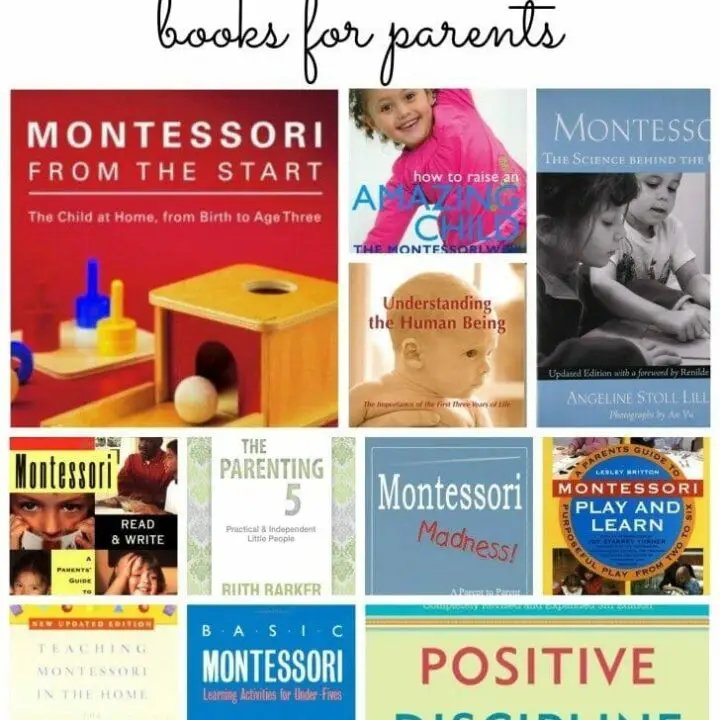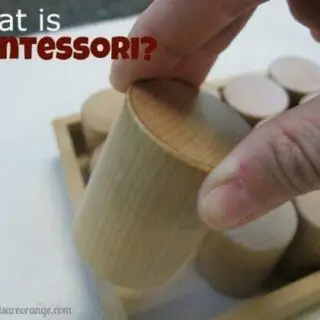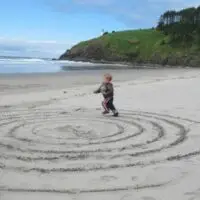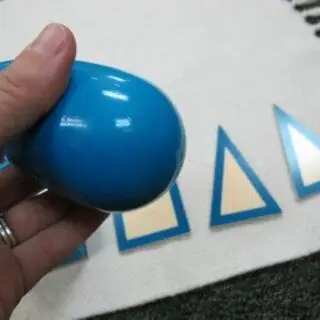Think you have what it takes to give a successful Montessori presentation? Not sure where to start teaching Montessori lessons? I’ve got you! Check out these twelve characteristics of a successful Montessori presentation and see how you measure up!
If you’re looking for ways to improve your Montessori materials presentation, don’t worry – we’ve got you covered there too! You will be happy to know that while the presentation details may differ from lesson to lesson, there are no different types of Montessori presentations.
The lesson approach remains the same across the main areas. So get ready to learn how to wow your audience and inspire success in your students. Let’s get started on how to present Montessori materials!

The initial lesson presentation is critical in a Montessori environment and sets Montessori apart from other lesson approaches. The uniqueness one of the reasons Montessori so so good.
So, what makes for a successful Montessori presentation? Beyond the aims, the prerequisites, the steps to the lesson, and so on, there are specific practical steps we can take to optimize for success. The child learns from her work with the materials.
The teacher’s role is to remove all obstacles to the child’s work. As one of my instructors said, “Cast a ray of light and then move on.”
Yes. Yes. Yes.

“These lessons, exact and fascinating, given in an intimate way to each child separately, are the teacher’s offering to the child’s soul.” ~ The Absorbent Mind, Dr. Montessori
12 Characteristics of a Successful Montessori Presentation
- Always consider the child. What drives him? What are his physical traits? For example, is he left-handed or right-handed? Are his fine motor skills weak or strong?
- Check the environment
- Check the material
- Consider yourself
- Be clear about putting the material back on the shelf—model completing the work cycle.
- Observe the child, the environment, the process, the results of the lesson, and yourself.
- Be focused in your presentation using an economy of words and limited movement.
- Be simple. Be clear.
- Be precise in your movements.
- Allow the child to get involved in the presentation.
- Don’t coerce the child.
- Observe. Yes, I am going to mention this one again.

The classic Montessori presentation is the original hook. This introduction is the starting point with Montessori materials to rouse the child’s attention toward a particular material or object.
Careful observation will teach you much about the child during the initial presentation. You will also learn the next steps in guiding the child’s development.
Remember that each of these lessons is not necessarily presenting new information to the child but instead helping the child organize the stimulus already within him.
Marnie







